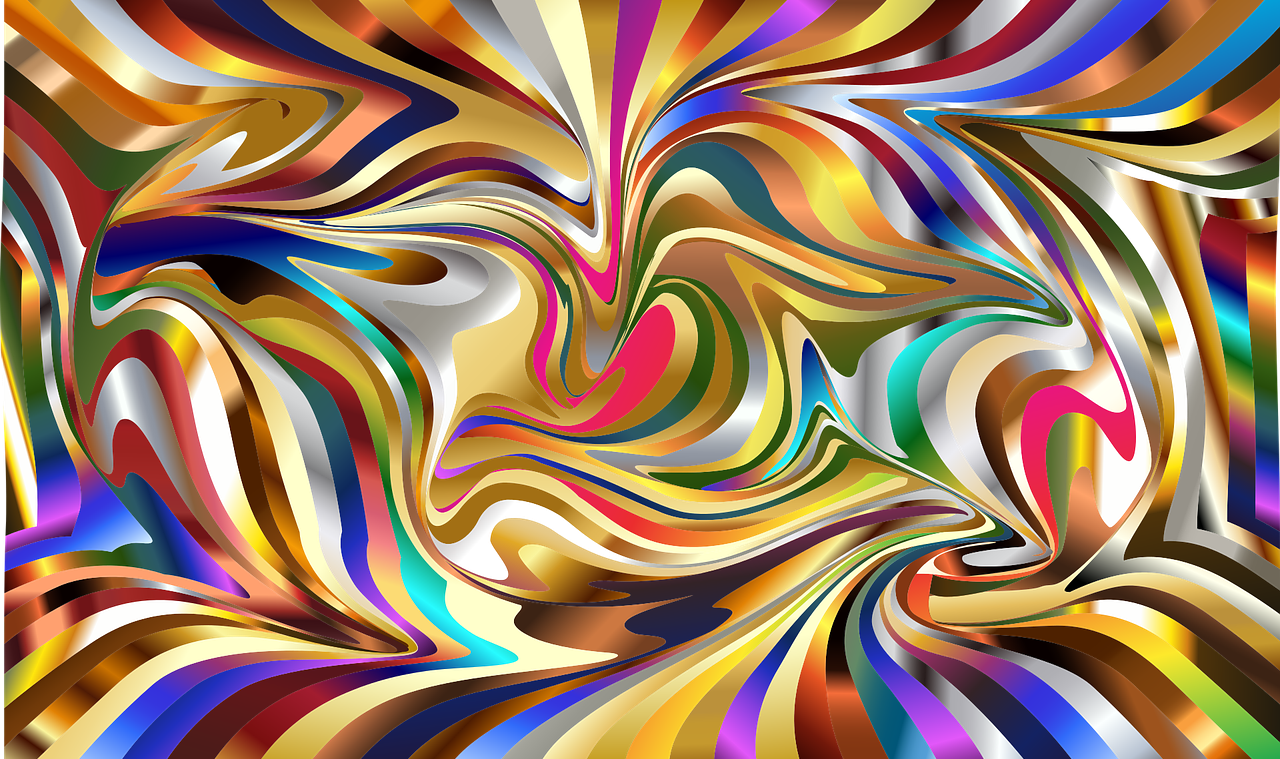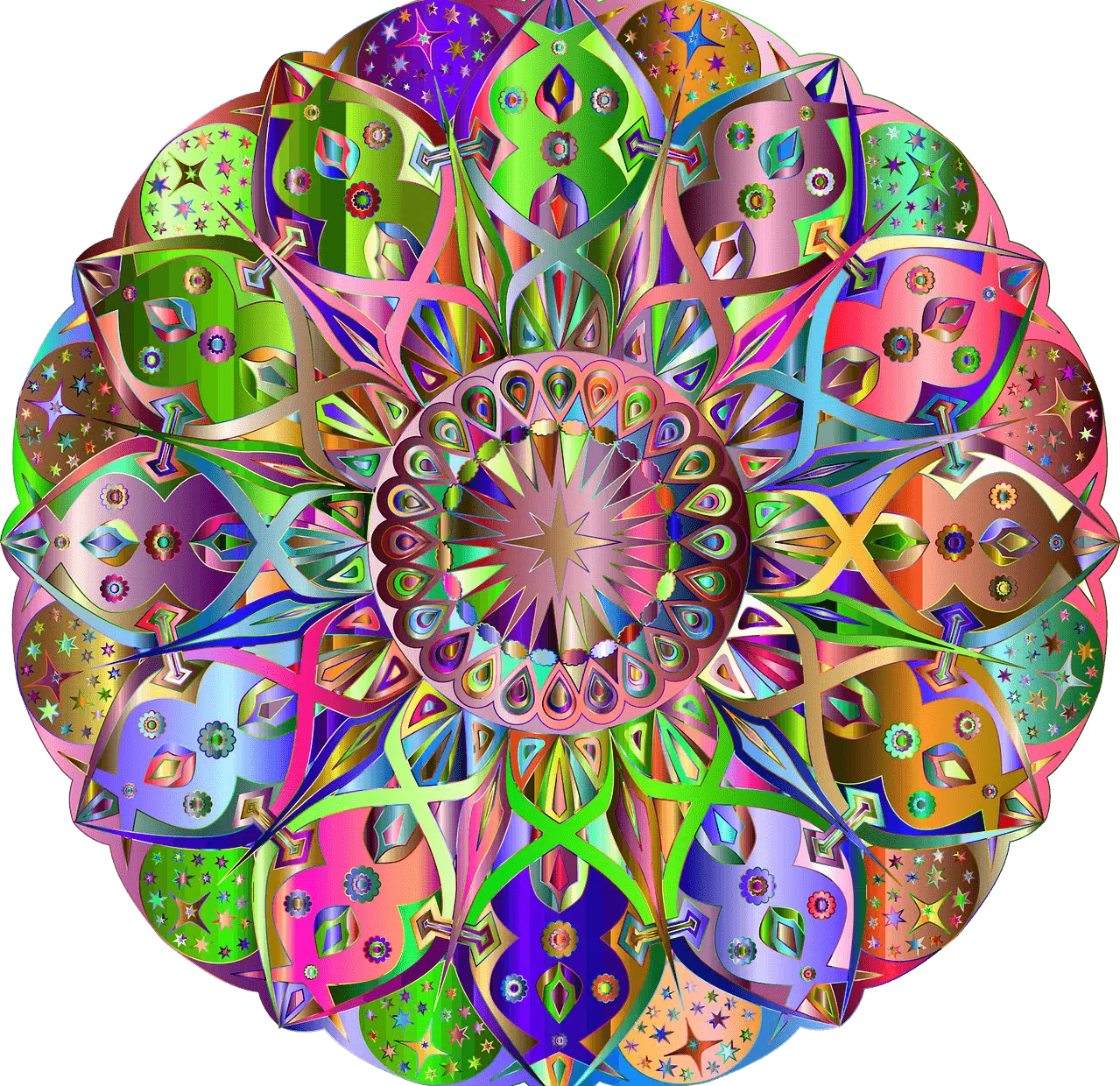
The psychedelic favors the appearance of psychic issues that are usually hidden.
Psychedelic is an adjective that is used to name that which favors the emergence of psychic issues that are generally hidden . The concept also qualifies what causes an enhancement of psychic elements, such as certain drugs .
It can be said that psychedelic is that which modifies perception and cognitive processes . If the etymological roots of the concept are analyzed, we arrive at a Greek expression that refers to a manifestation of the soul (that is, the exhibition of something immaterial that was hidden inside the person).
Psychedelic drugs , therefore, modify the person's ordinary mood and lead him to experience hallucinations and other conditions that resemble dream images.
Psychedelia is understood as everything that involves a projection of mental or psychological phenomena that are usually hidden. The psychedelic experience is the process that is generated when a drug or other stimulating factor alters consciousness and causes a hallucination, changes in sensory issues, etc.
psychedelic art
Psychedelic art , also known as lysergic art , encompasses those artistic expressions that arise from the use of psychedelic drugs, including peyote and LSD. The person, who may be a musician, a painter, a writer or another type of artist, seeks to pour his or her inner universe into his or her works .
The word lysergic refers to the name of LSD, since the acronym represents lysergic acid diethylamide . Regarding the use of psychedelic to name this type of art, the first reference was made by Humphry Osmond , a British psychologist who tried to reflect the manifestation of the soul that occurred during exhibitions.
Psychedelic art is also known as art that imitates, through images and/or sounds, the sensations experienced when using hallucinogens. Although any artistic work that seeks to externalize the inner world of the mind can be considered psychedelic, this name (or lysergic art) is generally used to refer to the movement that took place in the 1960s called counterculture . term coined by an American historian named Theodore Roszak .

Psychedelic art imitates those sensations experienced when using hallucinogenic substances.
The term over time
After the counterculture of the 1960s, the use of drugs to create artistic works was revitalized through the movement known as rave , which was based on the electronic technologies that emerged at the end of the 20th century.
Pop music was the one that enjoyed the most diffusion within this group, and the psychedelic visual arts took place in parallel and, why not, subordinate to it. The kaleidoscopic patterns of drug hallucinations were portrayed in fanzines, murals, light shows, comics, album covers, and concert posters.
One of the most interesting points of psychedelic art is the variety of interpretations that are produced by the public and the media. Just as artists let out their inner world when creating these works, their followers also expose themselves when receiving them, since it is through their deepest concerns and needs that they try to understand the sounds, colors and words that, Depending on how you look at them, they can seem meaningless.
The psychedelic in everyday language
In everyday language , finally, what is strange, abnormal or extravagant is usually described as psychedelic, especially that which presents a confusing combination of various colors and shapes that are difficult to define.
“I bought a psychedelic shirt to wear at the dance tonight.” y «To be honest, I didn't understand the psychedelic scene in the movie» son expresiones que muestran cómo puede emplearse el término.
